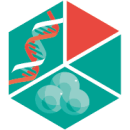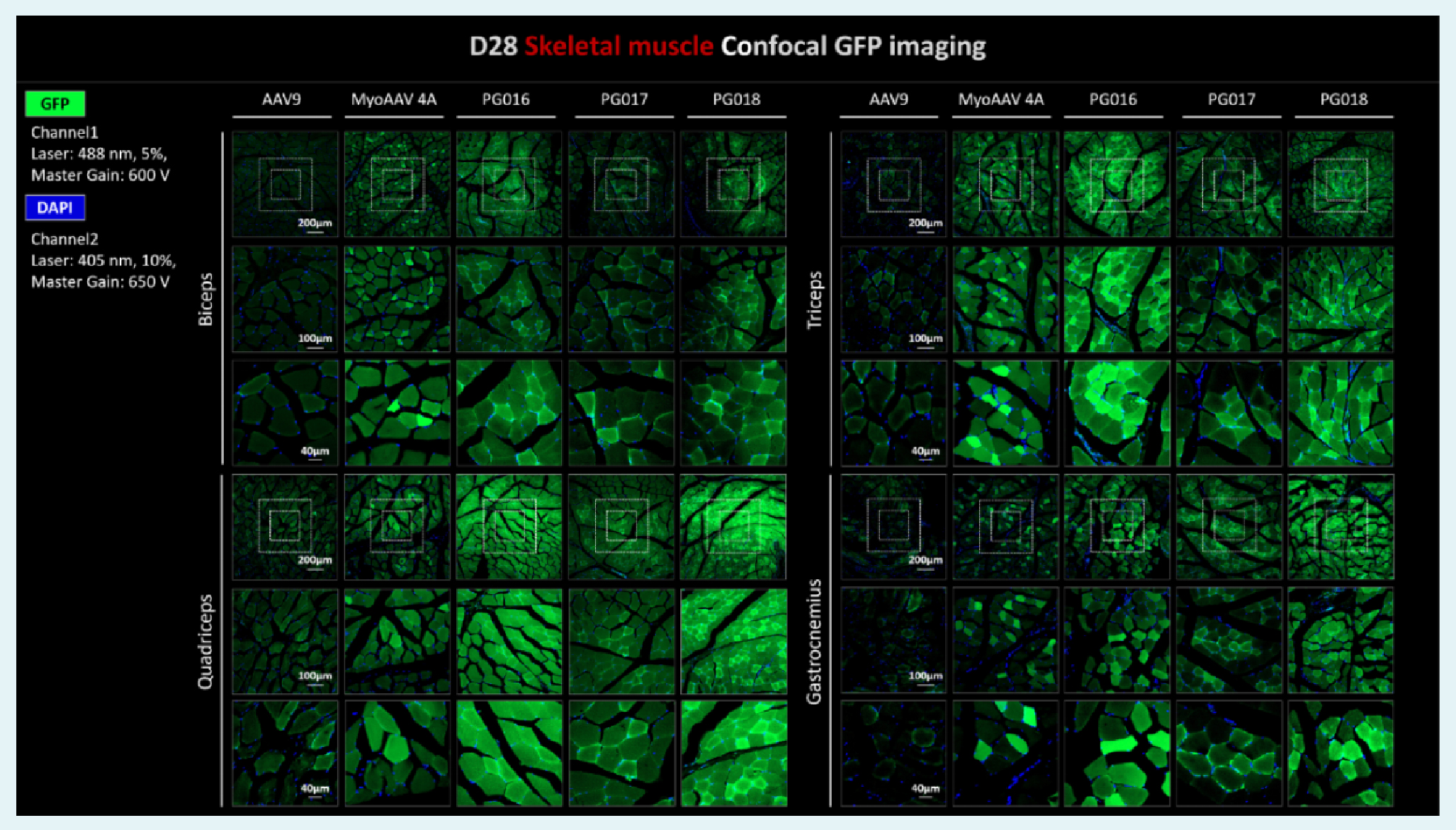Corrigendum to: Generation of novel AAV serotypes with enhanced infectivity, specificity, and lower toxicity via AAV capsid engineering platform
Cell & Gene Therapy Insights 2024; 10(11), 1625–1627
DOI: 10.18609/cgti.2024.188
This corrigendum contains corrections the following article: Generation of novel AAV serotypes with enhanced infectivity, specificity, and lower toxicity via AAV capsid engineering platform. Cell & Gene Therapy Insights 2024; 10(11), 1413–1429. DOI: 10.18609/cgti.2024.162. The details of the amendment are below and the corrected article can be accessed here.
In the version of this article initially published, the text on page 1418 read:
We then incorporated random peptide with RGD motif [17,20,35–37] and inserted into the chimeric capsid and subjected the library to two rounds of screening. The top ten performers were individually validated, resulting in the identification of a novel capsid, AAV-PG007, with significantly increased muscle targeting and reduced liver off-targeting in both mice and monkeys [19].
However, this should read:
We incorporated RGD-YNSL, a 7-amino acid peptide derived from MyoAAV 4A [17,20,35-37], into the chimeric serotype designed to reduce liver targeting. The resulting capsid, AAV-PG007, demonstrated significantly enhanced muscle targeting while retaining its liver-detargeting properties in both mice and monkeys.
In addition, Figure 6 and the accompanying text appeared as
| Figure 6. Confocal images of skeletal muscle tissues from cynomolgus monkeys 28 days post-AAV injection with three novel muscle-targeting capsid |
|---|
Further characterization and identification of these novel capsids are ongoing (Figure 6).
However, this should read:
| Figure 6. Confocal images of skeletal muscle tissues from cynomolgus monkeys 28 days post-AAV injection with three novel muscle-targeting capsid |
|---|
Further characterization and identification of these novel capsids (PG016-PG018) are ongoing (Figure 6).
These errors have been corrected in the HTML and PDF versions of this article as of December 19, 2024. The amended article can be accessed here.


